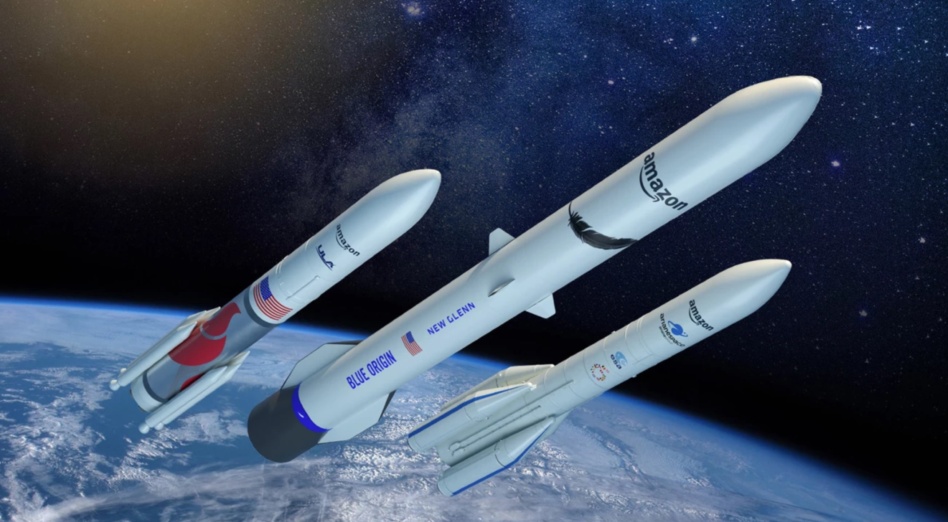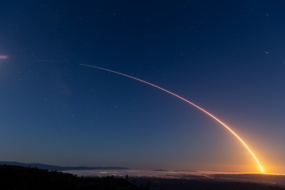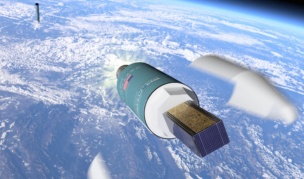Good morning from Colorado Spring, where we’re writing this at 5:30 am local time. Amazon front-ran Day 2 of Space Symposium with what it claims is “the largest commercial procurement of space launch services in history.”
Driving the news
Project Kuiper, Amazon’s LEO broadband initiative, has contracted three heavy-lift vehicles for up to 83 launches. The three providers:
- United Launch Alliance, a 50/50 JV between Lockheed (NYSE:LMT) and Boeing (NYSE:BA)
- Arianespace
- Blue Origin (cue pointing Spider Man meme)
ULA will fly 47 missions total for Kuiper, including nine already-booked Atlas rides. The launcher has sold out the rest of its Atlas rockets and the 37 new Kuiper launches will be conducted with Vulcan (maiden flight expected this summer).
Arianespace’s Ariane 6 is contracted for 18 Kuiper launches and Blue Origin’s New Glenn will fly 12 missions, with an option for 15 more. The two rockets’ maiden flights are tentatively targeted for later this year.
The big picture
New heavy-lift launchers and mega-constellations go together like peanut butter and jelly.
Before it starts deploying production sats, Amazon plans to launch the KuiperSat-1 & 2 demo craft in Q4 with ABL Space Systems. Amazon has ground to make up, seeing that Starlink recently passed 2,000 operational satellites and OneWeb’s fleet is 66% of the way to the planned target.
With all Kuiper’s newly contracted rocket rides, launch capacity became much less of a headache. And by spreading its satellite eggs across multiple rocket baskets, SVP Dave Limp said Amazon is derisking launch schedules and securing more competitive prices. Fair, but a lot of rockets need to come online for everything to go to plan.




